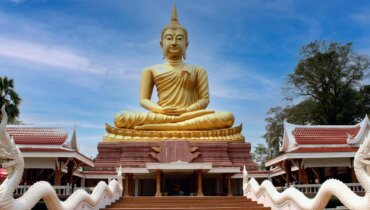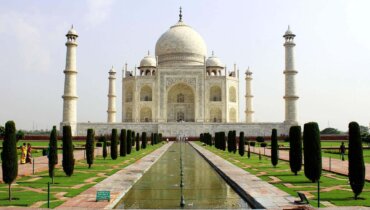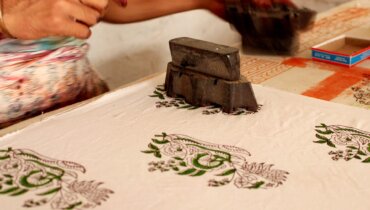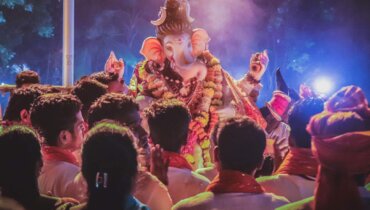Curry: the great misconception about Indian food. Throughout the years, curry has been evolving and traveling around the world. Settle in for the story of how curry has come to be such a common dish all throughout India.
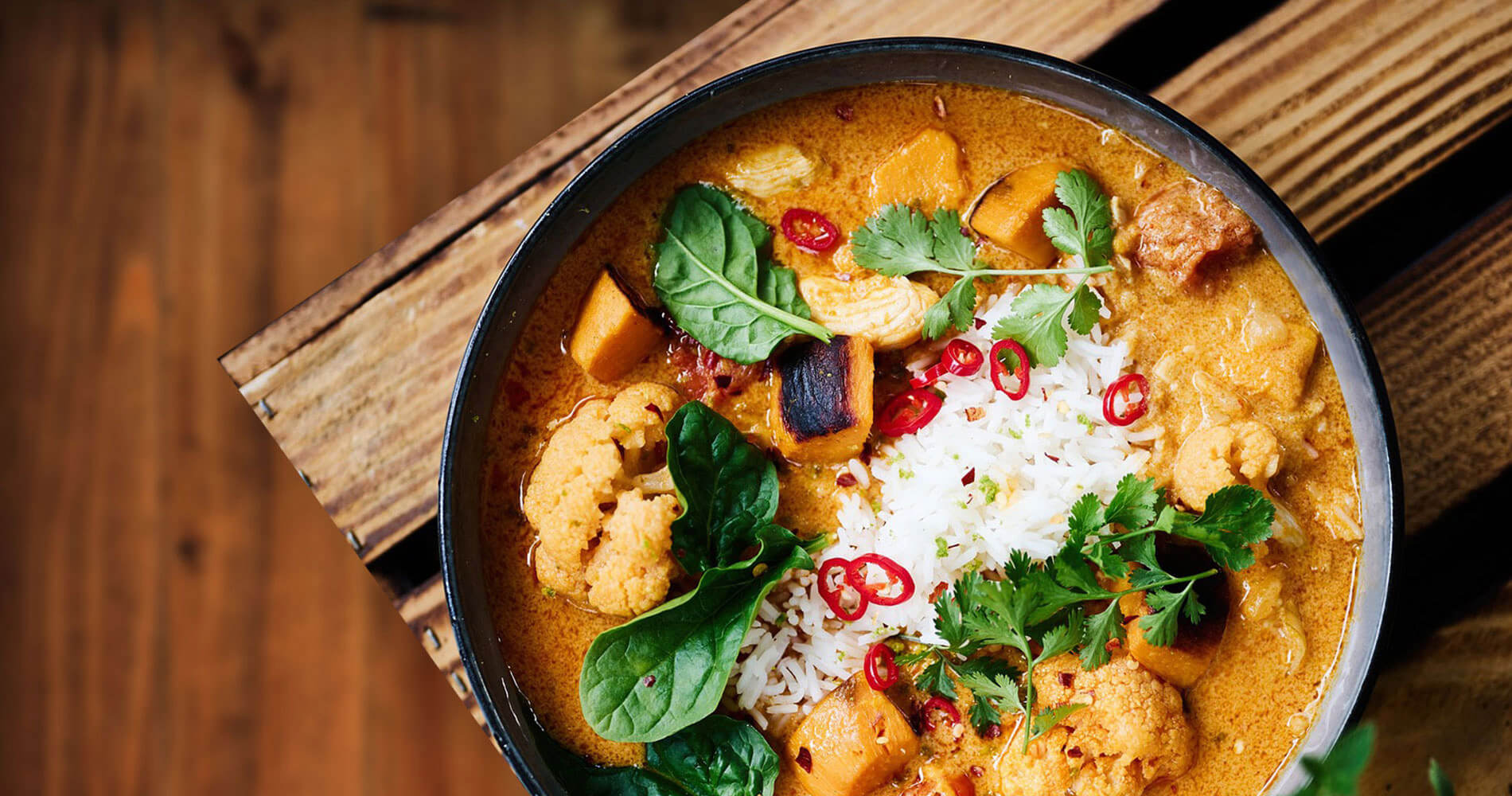
Origin
The story starts in the 1500s in Goa. The Portuguese have landed in India and they looked to the locals for food. They noticed that people were eating rice and vegetables with a thick, spiced sauce or gravy. At this time, black pepper was the spice of choice. But when the Portuguese realized that chillies were cheaper, the swap was quickly made. They also brought with them both potatoes and tomatoes.
The British came to India soon after in the 18th century. They also found people eating curries, so they adapted it for their tastes. Being the travelers they are, the British had many colonies around the world.
Just as people are not stationary, neither is food. Wherever they went, the British brought curry with them. People say that the British traveled the world for spices, and decided they didn’t like any of them. But, this couldn’t be farther from the truth. Curry, with all the local spices, traveled to the UK, the US, and even as far as Japan.
Significance
Curry has always had a spot in people’s hearts. Not only does it taste good, but there is great joy in sharing a meal.
The significance of curry goes beyond that though.
Curry is able to link people together by creating a shared history. Based on the evolution of the curry, we can tell the impact of the spice trade. It tells the story of how people moved around. It shows the cleverness of people who understand both the flavor and health benefits of the local products. Even now, curry is one of the most well liked types of food.
Prevalence
The prevalence of curry in India and the rest of the world has increased over time thanks to trade routes, other travel, and immigration. Curry in general is very widespread in India. Each region has its own take on this common dish. The spices even change depending on if you visit North or South India to take advantage of the local products. It often changes between households since the flavor of the curry depends so heavily on the spice blend used to create it.
Regional Curries
There is a whole world of curries to be found without leaving India. Here are a few common ones.
Butter chicken- a Punjabi dish with a thick, bright orange gravy covering pieces of chicken.
Vindaloo- a Goan dish usually made with pork and heavily spiced with chillies.
Channa masala- this dry curry from Delhi is made from chickpeas and tomato.
Meen moilee- a fish curry from Kerala that goes easy on the spices and has a coconut base. Baingan bharta- a Maharashtran dish using eggplant, raw tomatoes, raw onions, and fresh herbs.
Fun Facts
Curry powder may come in one spice bottle, but it is actually a mix of several spices. Usually they include turmeric, fenugreek, red pepper, cumin, and coriander.
The national dish of the UK is curry. In England, people love to eat chicken tikka masala which grew in popularity there during the 1970s.
When the British left India, they often brought their cooks with them so they didn’t have to leave Indian curry behind.
The Portuguese had the most impact on Indian curries. Even the name vindaloo comes from the Portuguese vin d’alho meaning garlic wine.
On August 1, 2015, the Indian Chefs and Culinary Association cooked the largest curry ever made in Singapore. Weighing in at 15.34 tonnes, they hold the Guinness World Record.
The spice aficionados are sure to enjoy phaal, made with Scorpion and Naga peppers. Phaal has been given the title of the hottest curry in the world.
Are you hungry yet? Check out Maatir’s apron sets to keep you cool and protected in the kitchen. Many memories are made with food after all. Will you try your hand at one of these curries?

